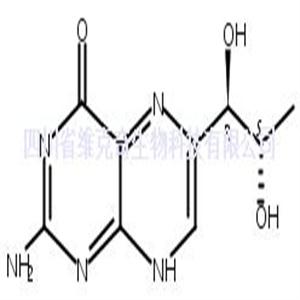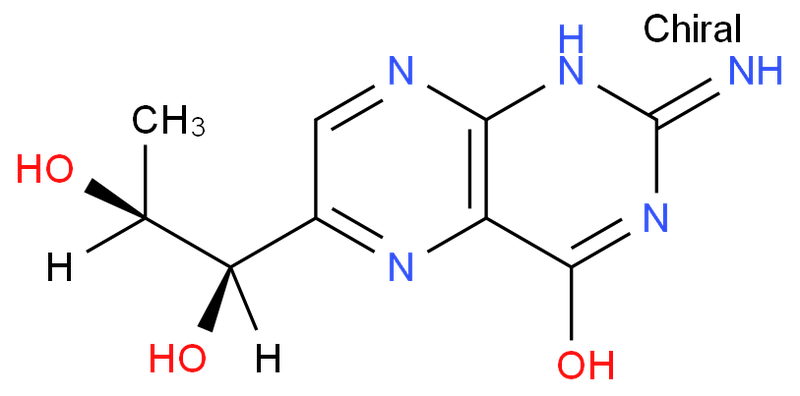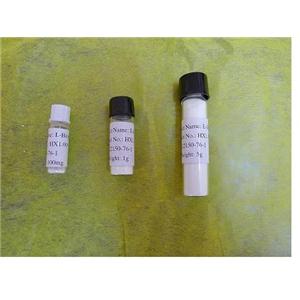L-生物蝶呤
L-Biopterin(NSC 339699)
22150-76-1
22150-76-1
询价
1g
起订
5g
起订
10g
起订
50g
起订
100g
起订
上海 更新日期:2025-12-30
产品详情:
公司简介
凯立德生物医药是一家专门从事化学定制合成,医药中间体以及新药研发的外向型企业。公司坚持以科技创新为动力,以市场需求为导向,产品涵盖医药原料,医药中间体,天然产物,手性化合物,药物研究试剂等。同时致力于为国内外知名药企,科研机构及高校提供新型和高附加值的医药原料、医药中间体及天然产物的订制合成服务。
公司自成立以来,始终坚持客户至上的经营理念,不断进取,赢得了国内外客户的好评与信任,并与其建立了长期稳定的业务关系。公司将一如既往的以严格的质量管理体系,稳定的产品质量为客户提供优质的产品和服务。
ChemLeader Biomedical is a professional manufacturer and supplier of New Advanced Pharmaceutical Intermediates, Active Pharmaceutical Ingredients (API) & Drug Impurities.
ChemLeader mainly manufactures & supplies pharmaceutical Intermediates, API & Drug Impurities, Nutri-Health Supplements, and Cosmetic Ingredients.
| 成立日期 | (16年) |
| 注册资本 | 100万人民币 |
| 员工人数 | 10-50人 |
| 年营业额 | ¥ 500万-1000万 |
| 经营模式 | 工厂,试剂,定制,服务 |
| 主营行业 | 医药中间体,生化试剂,生物活性小分子,同位素试剂,分子砌块 |
L-生物蝶呤相关厂家报价 更多
-

- L-生物喋呤 CAS号:22150-76-1
- 四川省维克奇生物科技有限公司 VIP
- 2025-12-30
- 询价
-

- L-生物蝶呤
- 上海佰世凯化学科技有限公司 VIP
- 2025-12-22
- 询价
-

- CATO_生物喋呤_22150-76-1_97%
- 广州佳途科技股份有限公司 VIP
- 2025-12-22
- 询价
-

- aladdin 阿拉丁 B120760 L-生物喋呤 22150-76-1 ≥97%
- 上海阿拉丁生化科技股份有限公司 VIP
- 2025-11-14
- ¥3696.90
-

- 22150-76-1L-Biopterin
- 上海嘉定区澄浏公路52号
- 2025-11-06
- 询价
-

- L-生物喋呤|T7597|TargetMol
- 上海陶术生物科技有限公司 VIP
- 2025-10-31
- ¥1220
-

- L-生物喋呤
- 陕西缔都医药化工有限公司 VIP
- 2025-10-13
- 询价
-

- L-生物喋呤本品应充氩气密封干燥保存 6-生物喋呤
- 湖北美索伦科技有限公司 VIP
- 2025-10-09
- 询价
-
- L-生物蝶呤
- 广州库威科技有限公司 VIP
- 2025-07-24
- ¥450000
-

- L-生物喋呤
- 南京克莱森医药化工有限公司
- 2022-04-14
- 询价



